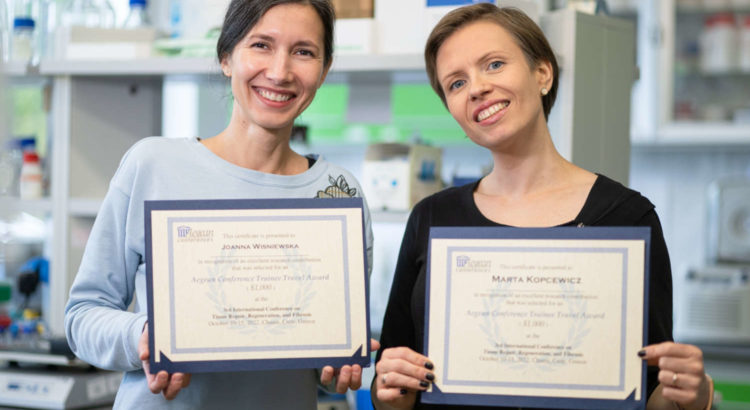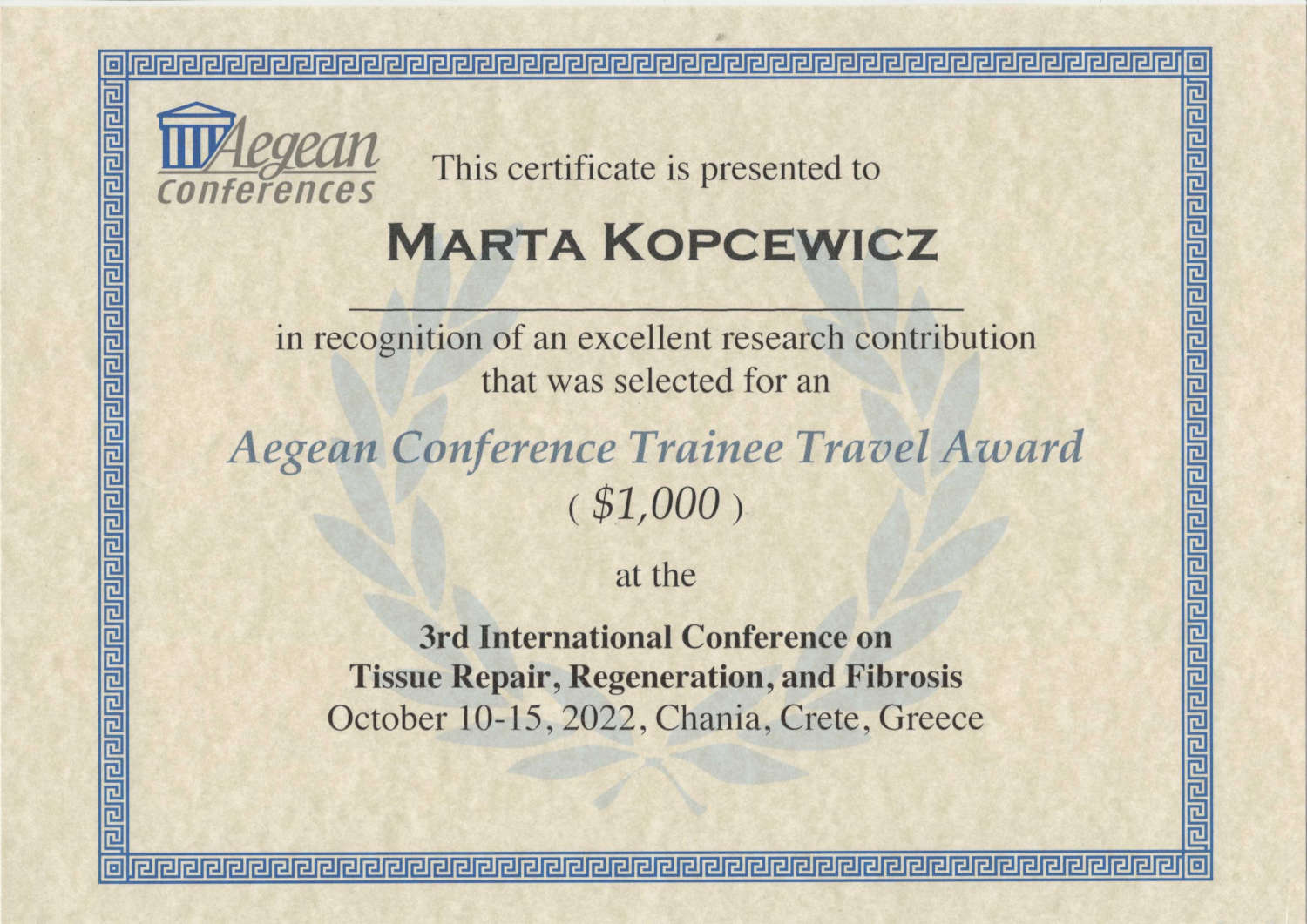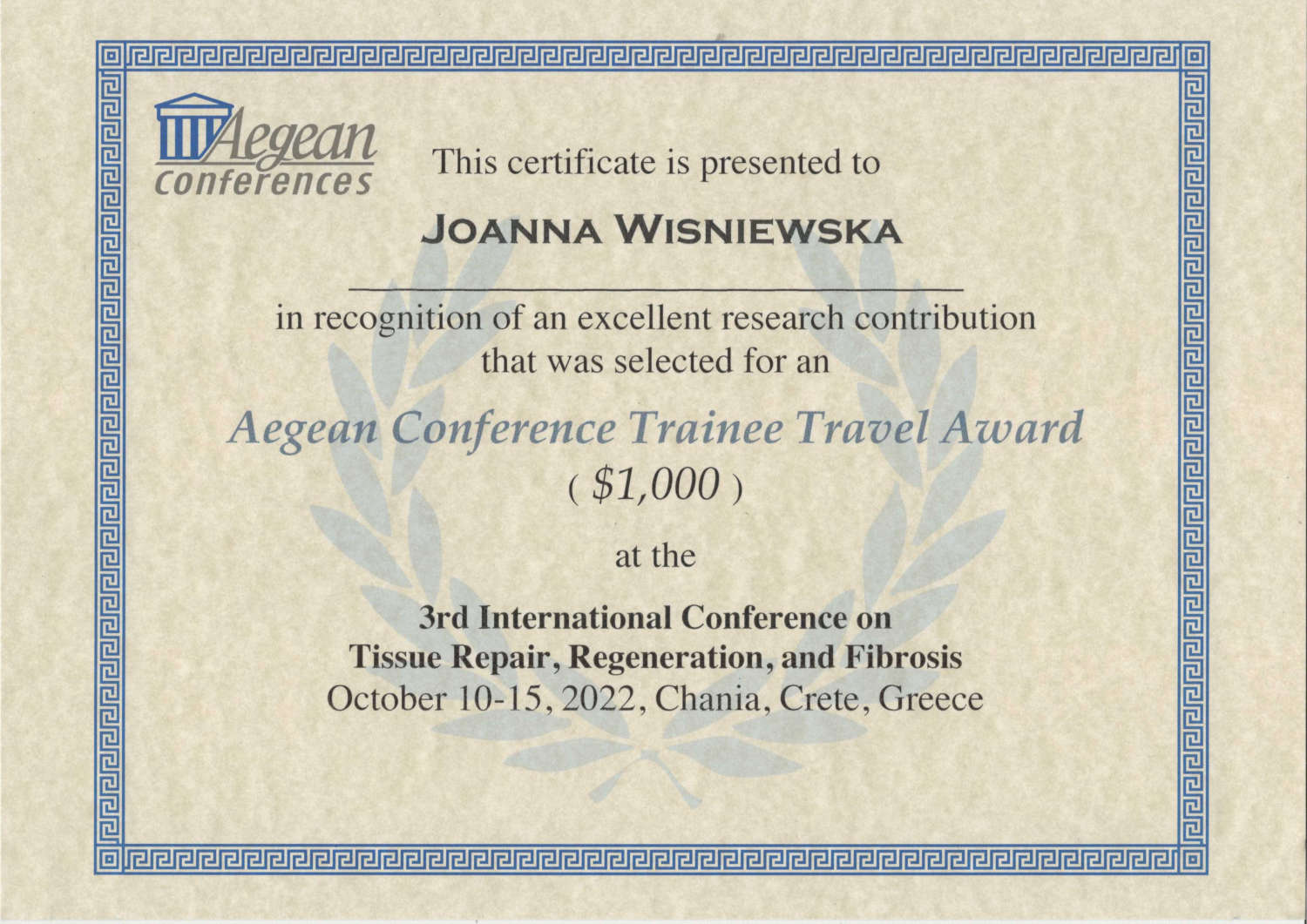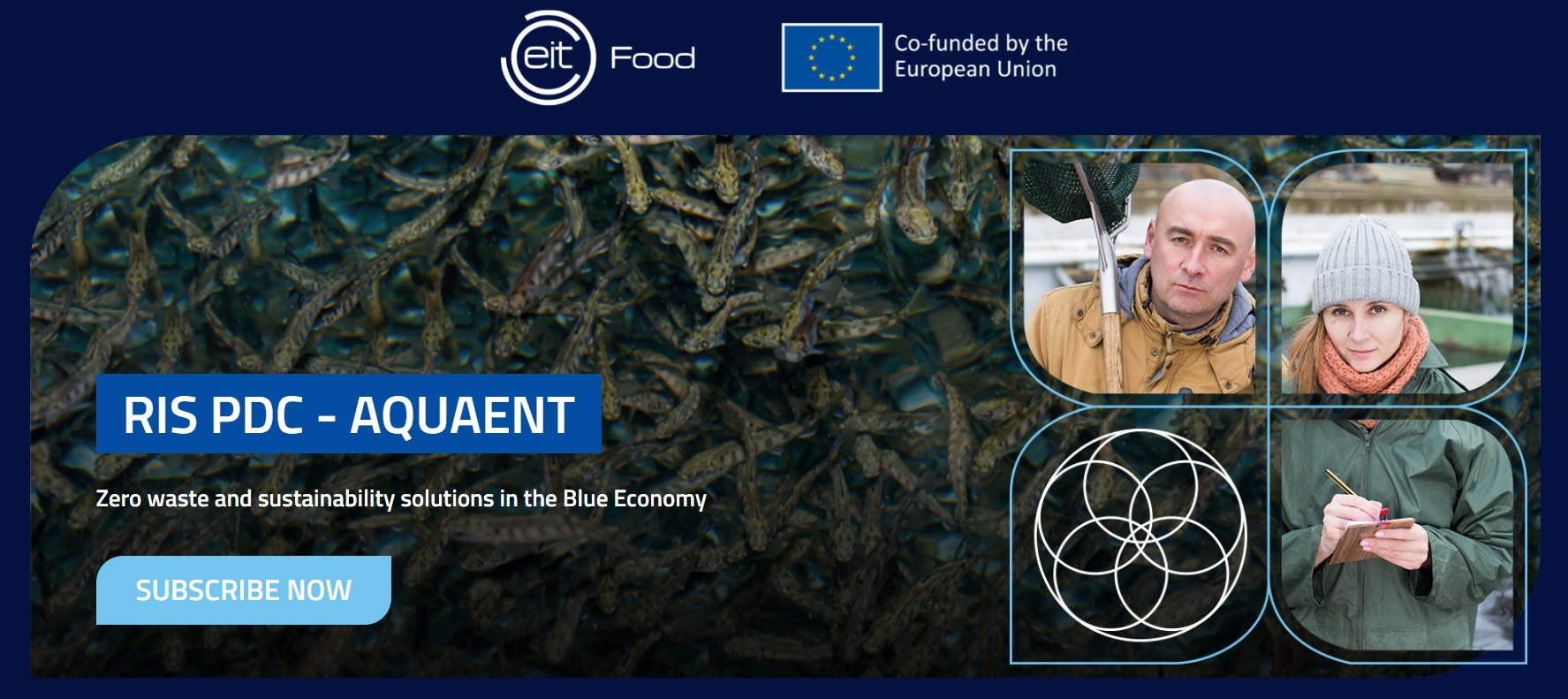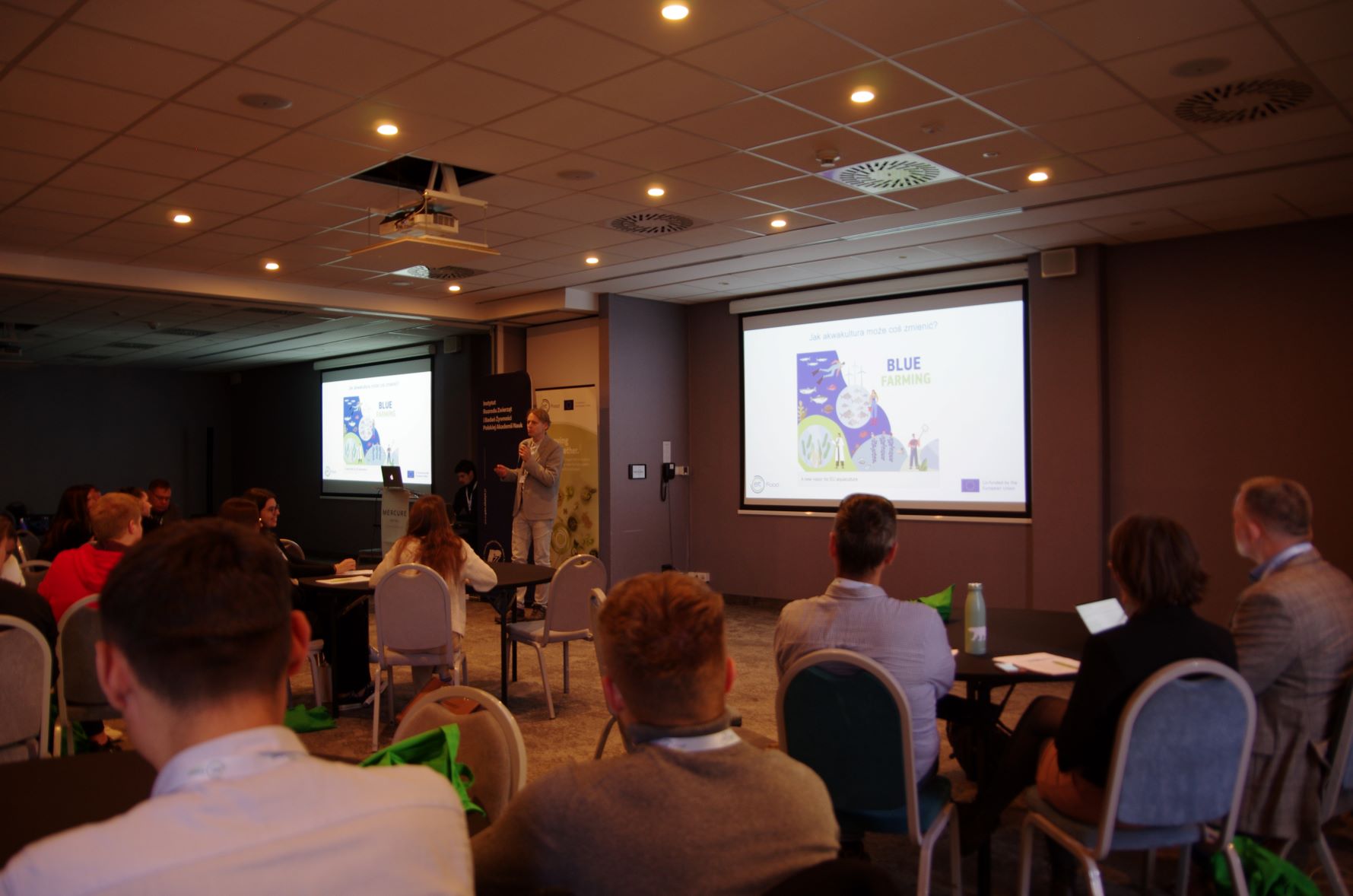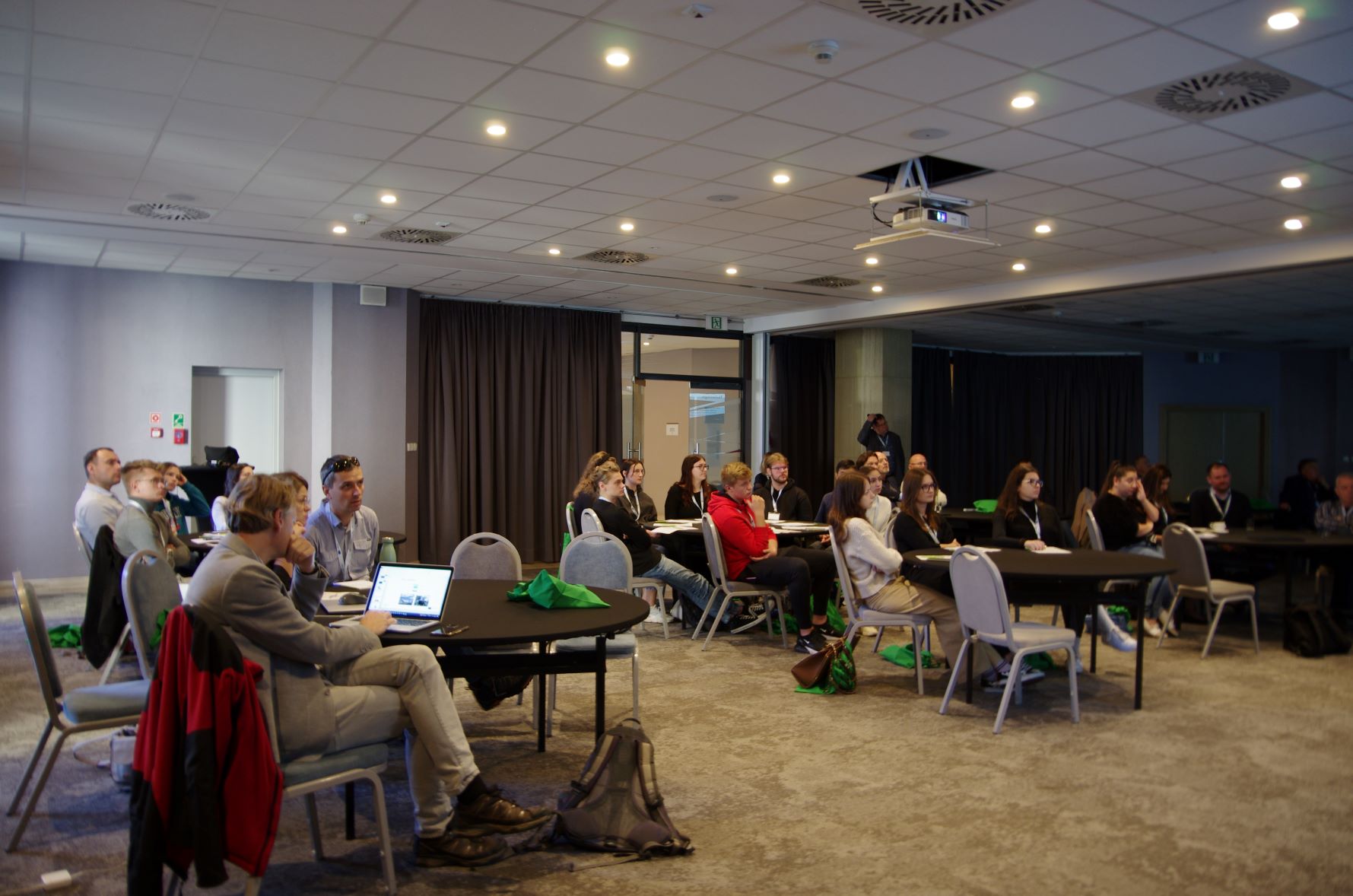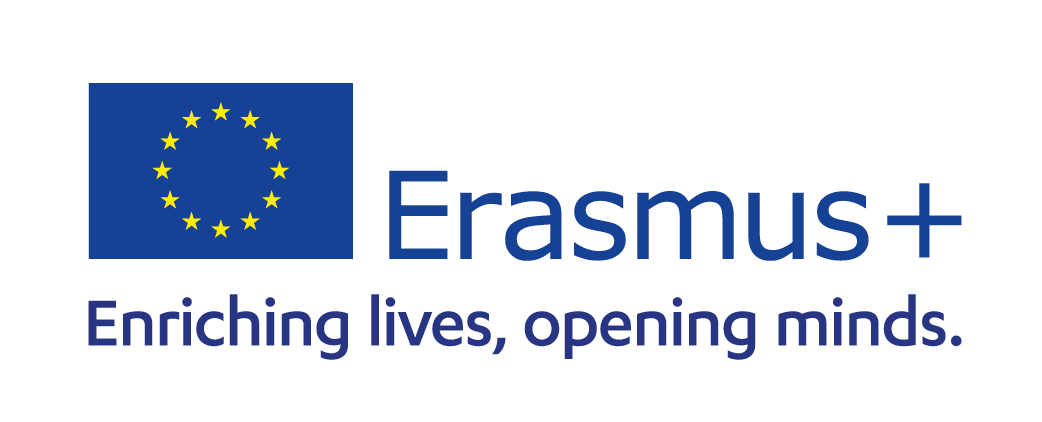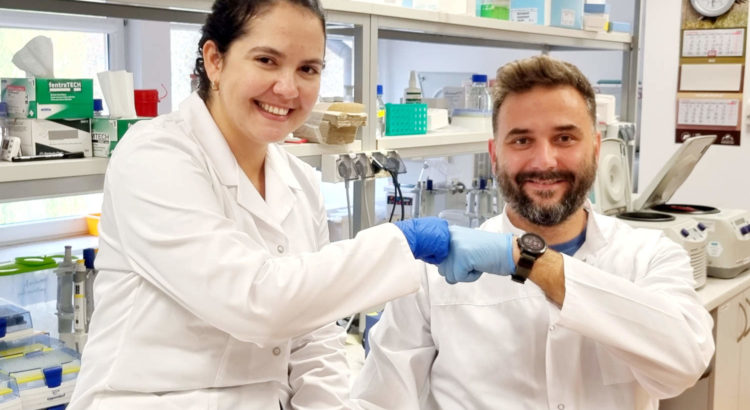Instytut Rozrodu Zwierząt i Badań Żywności Polskiej Akademii Nauk (IRZBŻ PAN) w Olsztynie zatrudni bioinformatyka-analityka danych w Laboratorium Biologii Molekularnej.
Instytut:
IRZBŻ PAN w Olsztynie jest jednym z czołowych polskich instytutów badawczych kategorii A/A+, który prowadzi interdyscyplinarne badania w dziedzinie nauk rolniczych i biologicznych, zarówno o charakterze podstawowym, jak i stosowanym (https://pan.olsztyn.pl/granty). Instytut posiada najnowocześniejszą infrastrukturę naukowo-badawczą i ma doskonałe zaplecze administracyjne. IRZBŻ PAN zapewnia pracę w stymulującym środowisku naukowym, kładąc nacisk na wzajemną współpracę oraz przekraczanie granic poszczególnych dyscyplin (https://pan.olsztyn.pl/dzialalnosc-naukowa). Współpraca, wymiana wiedzy między naukowcami z różnych dyscyplin jest powszechna i doceniana.
Bioinformatyk, analityk danych dołączy do zespołu Laboratorium Biologii Molekularnej, który zajmuje się wsparciem badań z zakresu biologii molekularnej zarówno w oddziale Biologii Rozrodu Zwierząt, jak i Oddziale Nauk o Żywności (https://pan.olsztyn.pl/instytut/informacje-ogolne/struktura).
Miasto:
Olsztyn to świetne miejsce pracy, jeśli cenisz sobie bliski kontakt z naturą i spokojne życie. W granicach administracyjnych miasta znajduje się ponad 10 jezior, bardzo dobrze rozwinięta infrastruktura turystyczna i sportowa, a także zaplecze rekreacyjne. W kalendarzu nie brakuje również wydarzeń kulturalnych i sportowych (więcej na: Wikipedia).
Zakres obowiązków:
- wsparcie bioinformatyczne, analityczne wysokoprzepustowych metod biologii molekularnych;
- organizacja, utrzymywanie i rozwijanie infrastruktury informatycznej w środowisku Unix;
- aktywny i konstruktywny udział w projektach badawczych realizowanych w Instytucie;
- wizualizacja oraz prezentacja wyników analiz bioinformatycznych;
- przygotowywanie wyników i materiału do publikacji naukowych.
Wymagania:
- wykształcenie minimum wyższe matematyczne, bioinformatyczne, informatyczne lub biologiczne;
- znajomość zagadnień bioinformatyki i statystyki;
- zainteresowanie rozwojem w kierunku bioinformatyka/biologia systemowa/genomika funkcjonalna;
- dobra znajomość języków skryptowych, tj.: R, Python;
- dobra znajomość j. angielskiego (minimum poziom B1/B2);
- dodatkowym atutem będzie doświadczenie w analizie danych sekwencjonowania nowej generacji.
Oczekiwania:
- zorientowanie na cel;
- umiejętność pracy indywidualnej i zespołowej;
- komunikatywność i otwartość;
- samodzielność w zdobywaniu wiedzy i zdolność do dzielenia się nią;
- umiejętność rozwiązywania problemów.
Oferujemy:
- zatrudnienie w oparciu o umowę o pracę;
- wynagrodzenie uzależnione od doświadczenia i posiadanych umiejętności;
- możliwość pracy nad ciekawą tematyką badawczą (np. regulacja ekspresji genów, epigenetyka, analiza struktur RNA/DNA, mikroRNA);
- możliwość pracy w zespołach interdyscyplinarnych;
- możliwość rozwoju zawodowego i podnoszenia kwalifikacji, w tym staże zagraniczne;
- stabilne środowisko pracy.
Wymagane dokumenty:
- CV, list motywacyjny wraz listą dokonań naukowych, zrealizowanych projektów, publikacji.
Jak wygląda proces rekrutacji:
- wysłanie wymaganych dokumentów, ocena przesłanej dokumentacji, rozmowa kwalifikacyjna z wybranymi kandydatami, decyzja o zatrudnieniu;
- rozmowy kwalifikacyjne odbędą się w języku polskim i angielskim.
Termin składania aplikacji: do dnia 3 grudnia br. (Instytut zastrzega sobie prawo do wydłużenia terminu składania dokumentów konkursowych w przypadku braku kandydatów spełniających w/w wymagania).
Dokumenty należy przesłać pocztą elektroniczną na adres m.kaczmarek@pan.olsztyn.pl z dopiskiem rekrutacja_bioinformatyk.
W CV prosimy o umieszczenie klauzuli zgody na przetwarzanie danych osobowych w procesie rekrutacji:
„Wyrażam zgodę na przetwarzanie moich danych osobowych zawartych w dokumentach aplikacyjnych przez Instytut Rozrodu Zwierząt i Badań Żywności PAN w Olsztynie z siedzibą 10-748 Olsztyn ul. Tuwima 10, w celu realizacji procesu rekrutacji wraz z publikacją na stronie internetowej Instytutu pełnych wyników konkursu”.
Klauzula informacyjna:
- Administratorem danych osobowych przetwarzanych w ramach procesu rekrutacji jest Instytut Rozrodu Zwierząt i Badań Żywności PAN w Olsztynie z siedzibą 10-748 Olsztyn ul. Tuwima 10, tel. 89 523 46 86, e-mail: instytut@pan.olsztyn.pl.
- Kontakt z inspektorem ochrony danych osobowych jest możliwy pod w/w adresem.
- Podane dane osobowe przetwarzane będą w celu realizacji obecnego procesu rekrutacji i przechowywane do czasu jego zakończenia na podstawie wyrażonej zgody (zgodnie z art. 6 ust. 1 lit. a RODO).
- Osobie której dane dotyczą przysługuje prawo do cofnięcia zgody w dowolnym momencie bez wpływu na zgodność z prawem przetwarzania, którego dokonano na podstawie zgody przed jej cofnięciem.
- Osobie, której dane dotyczą przysługuje prawo dostępu do swoich danych osobowych, żądania ich sprostowania lub usunięcia. Wniesienie żądania usunięcia danych jest równoznaczne z rezygnacją z udziału w procesie niniejszej rekrutacji. Ponadto przysługuje jej prawo do żądania ograniczenia przetwarzania w przypadkach określonych w art. 18 RODO.
- Osobie, której dane dotyczą, przysługuje prawo do wniesienia skargi do prezesa Urzędu Ochrony Danych Osobowych na niezgodne z prawem przetwarzanie jej danych osobowych. Organ ten będzie właściwy do rozpatrzenia skargi z tym, że prawo wniesienia skargi dotyczy wyłącznie zgodności z prawem przetwarzania danych osobowych, nie dotyczy zaś przebiegu rekrutacji.
- Dane udostępnione nie będą podlegały profilowaniu ani udostępnieniu podmiotom czy państwom trzecim. Odbiorcami danych mogą być instytucje upoważnione z mocy prawa.
- Podanie danych zawartych w dokumentach rekrutacyjnych nie jest obowiązkowe, jednak jest warunkiem koniecznym do udziału w procesie rekrutacji.


